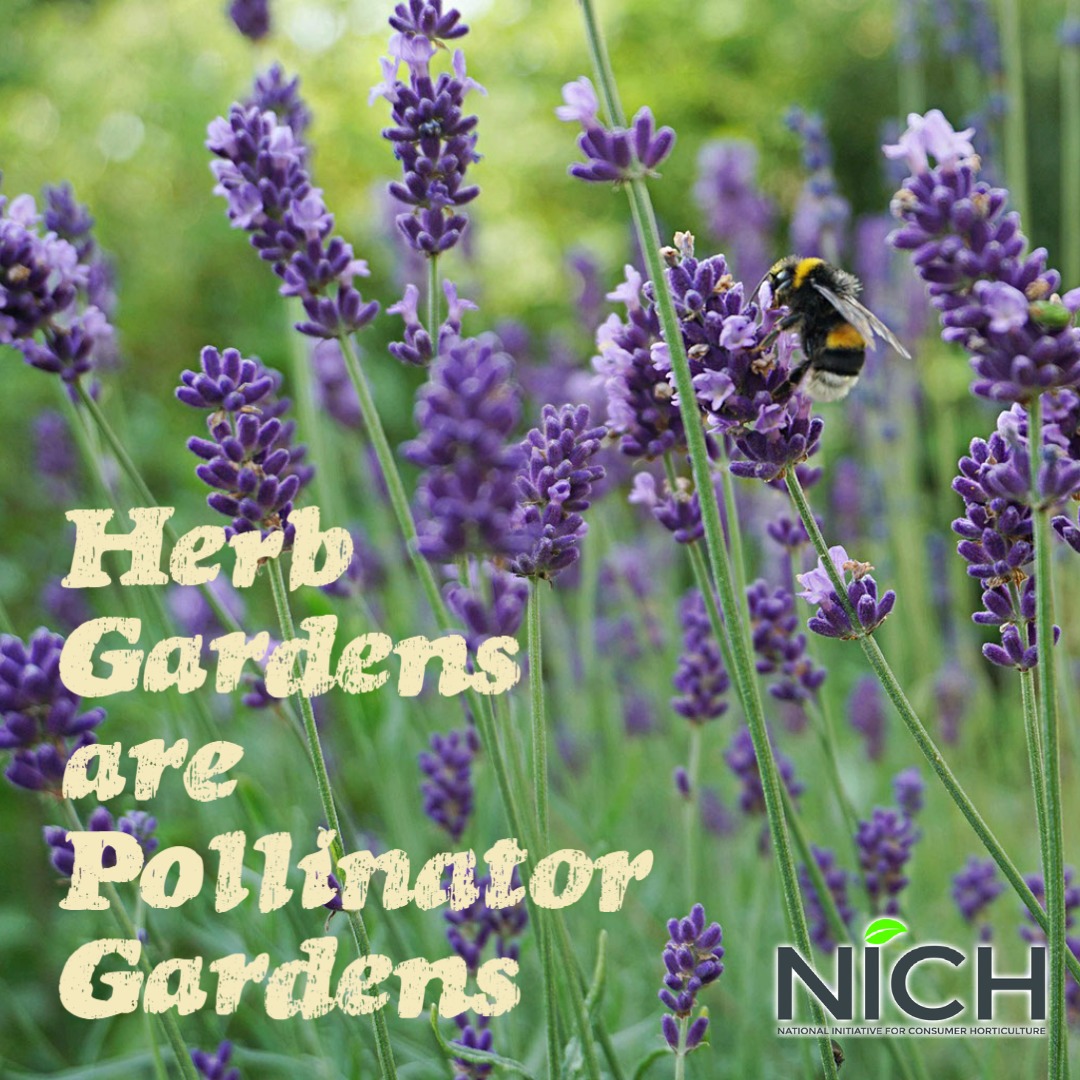
It’s National Herb Week in the U.S., but garden centres in Canada can celebrate by showing consumers how herbs support their garden’s pollinators.
Herbs can be used for many reasons: culinary, teas, and beverages, medicinal, aromatherapy, dyes, ornamental, crafts, cosmetics, and toiletries, and according to the Herb Society of America, many people do not realize that herbs are of help to beneficial insects and pollinators as well.
Herbs support pollinators, especially native bees that are facing decline, and some species of butterflies including the monarch. As growers know too well, bees and butterflies are attracted to herbs typically grown for their flowers such as borage, calendula, anise hyssop, lavender, monarda, and violets.
Caterpillars, the larval stage of butterflies, love to eat the foliage of parsley, dill, and fennel. Hummingbirds, a type of pollinating bird, enjoy the nectar of monarda, anise hyssop, pineapple sage, and nasturtiums. Herbs that are typically grown for foliage – basil, cilantro, oregano, lemon balm, lovage and mint – will attract bees and butterflies if they’re allowed to flower. Or consumers may plant some for their pesto and salsa and some for the pollinators, letting the plants flower on purpose.
Pollinators love herbs because most herbs are straight species, their flower and leaf structures have not changed over time. Most herbs are also open pollinated, rich in nectar and pollen. From an ecological perspective, herbs increase biodiversity in the garden which increases resilience to pests, diseases, and climate change.
Peggy Riccio is a horticulturist and garden communicator who initiated the Culinary Herbs and Spices Facebook group. Her website, pegplant.com, is an online resource for gardeners in the DC metro area.
Print this page
